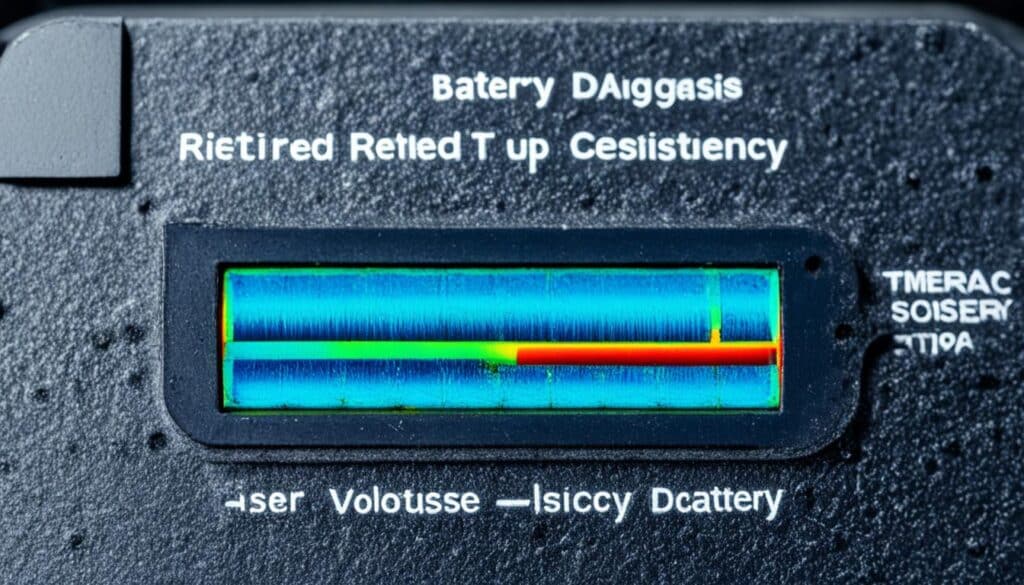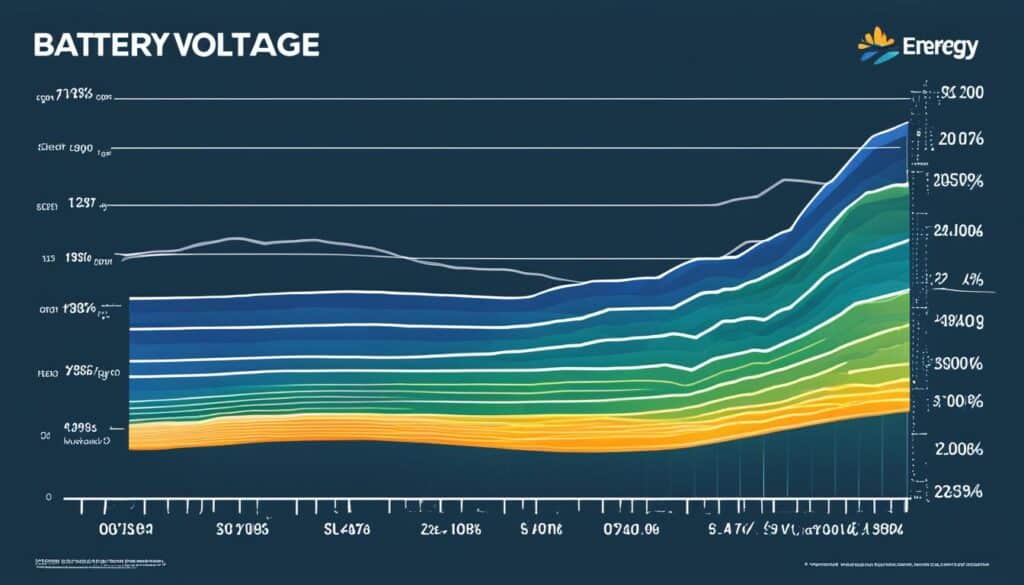
Solar calculators have emerged as crucial players in the energy transformation, driving sustainable technology advancements. These calculators not only provide us with the practical functionality of a regular calculator but also offer environmental protection and energy-saving benefits. With their ability to harness the power of the sun, solar calculators are paving the way for a greener future.
As electric vehicles gain popularity as eco-friendly transportation options, safety concerns and battery inconsistencies pose significant challenges. To ensure the safety and reliability of retired electric vehicle batteries, evaluating and assessing them becomes paramount. Various evaluation methods, including capacity, internal resistance, state of charge (SOC), and voltage evaluation, can be employed to reduce battery inconsistency and classify retired batteries based on their evaluation results.
While several studies have been conducted to address battery inconsistency, establishing a perfect evaluation system remains a work in progress. In this article, I propose a comprehensive evaluation method that utilizes the local outlier factor algorithm and the improved Shannon entropy algorithm. This method aims to provide a more accurate and efficient way to evaluate retired batteries, ultimately enhancing the overall performance and longevity of electric vehicle batteries.
Key Takeaways:
- Solar calculators play a vital role in the energy transformation, contributing to sustainable technology advancements.
- Retired electric vehicle batteries require thorough evaluation and assessment to ensure safety and reliability.
- The local outlier factor algorithm and improved Shannon entropy algorithm propose a comprehensive method for evaluating battery inconsistency.
- The proposed evaluation method aims to reduce battery inconsistencies and enhance the performance of electric vehicle batteries.
- Solar calculators and other sustainable technologies are shaping the future of energy.
Inconsistency Diagnosis Methods for Retired Batteries
Diagnosing the inconsistency of retired batteries is a critical step in ensuring the safety and reliability of these energy storage devices. In this section, I will summarize and classify various methods for diagnosing battery inconsistency, focusing on outlier detection and information entropy. Through the validation and comparison of the local outlier factor algorithm and the improved entropy algorithm, we can gain insights into the effectiveness of these methods.
The strategy for diagnosing inconsistency in retired batteries encompasses several factors, including the battery cell voltage range, local outlier factor, and improved Shannon entropy. By evaluating these aspects, we can establish a comprehensive and organized approach to evaluate battery inconsistency and develop an effective evaluation system.
I would like to highlight the importance of this research, as it contributes to the overall understanding of retired battery performance and ensures the proper assessment and utilization of these batteries. By identifying and addressing inconsistencies, we can maximize the potential of retired batteries in various applications, promoting sustainability and reducing waste.
Comparison of Inconsistency Diagnosis Methods
Table: Comparison of Inconsistency Diagnosis Methods
| Method | Outlier Detection | Information Entropy |
|---|---|---|
| Local Outlier Factor Algorithm | Yes | No |
| Improved Entropy Algorithm | No | Yes |
By analyzing the table, we can observe that the Local Outlier Factor Algorithm focuses on outlier detection, while the Improved Entropy Algorithm utilizes information entropy. These methods offer different perspectives and approaches to diagnosing and understanding retired battery inconsistency.

The image above showcases the different techniques and methodologies explored in this section. It serves as a visual representation of the concepts discussed and provides a comprehensive overview of inconsistency diagnosis methods for retired batteries.
Data Analysis and Results of Inconsistency Evaluation
In this section, I will delve into the data description and processing, which is crucial for analyzing the inconsistency of retired batteries. To conduct a comprehensive evaluation, my study utilizes data obtained from real-world vehicle monitoring and management platforms. These platforms provide rich and comprehensive information on battery operating conditions, enabling a detailed analysis of battery inconsistency.
To ensure accurate and meaningful results, the data processing stage involves various steps. First, I reduce the data dimensionality to focus on the most relevant variables for inconsistency evaluation. This process helps in simplifying the dataset while retaining its essential characteristics. Next, I integrate data from different sources, combining information from various sensors and monitoring systems. This integration provides a holistic view of battery behavior and performance, enhancing the accuracy of the analysis.
Additionally, thorough data cleaning techniques are implemented to address any outliers or errors that could influence the evaluation process. By removing inconsistencies and refining the dataset, I ensure the integrity and reliability of the analysis.
Throughout my analysis, I primarily focus on battery voltage data that I collected from two real-world vehicle samples. The battery voltage is a critical parameter for understanding battery behavior and performance, making it a valuable indicator of inconsistency. By examining and comparing the voltage data from multiple samples, I aim to uncover patterns and anomalies that contribute to battery inconsistency.
Through careful analysis and interpretation of the battery voltage data, I will present the results of the inconsistency evaluation. These results will shed light on the impact of various factors on battery inconsistency, providing valuable insights for future research and development.

“The data tells a story, revealing the hidden patterns and inconsistencies within retired battery systems. By analyzing and understanding these patterns, we can pave the way for more efficient and reliable energy storage technologies.” – Researcher Name
Conclusion
In conclusion, solar calculators play a pivotal role in the energy transformation towards a sustainable future. These calculators offer significant environmental benefits and energy-saving features, making them an ideal choice for various applications. By harnessing the power of solar energy, solar calculators contribute to reducing carbon emissions and reliance on traditional power sources.
The evaluation and assessment of retired batteries from electric vehicles are crucial to ensure safety and reliability in the energy sector. Through the utilization of the local outlier factor algorithm and the improved Shannon entropy algorithm, a comprehensive evaluation method has been proposed. This method shows promise in reducing battery inconsistency, addressing a significant challenge in the industry.
Implementing these advancements in battery evaluation and integrating them with solar calculator technology will shape the future of energy. As we strive towards a more sustainable and cleaner energy landscape, solar calculators and other sustainable technologies will play a critical role in driving the transformation. By embracing these innovations, we can create a greener and more efficient energy ecosystem for generations to come.
FAQ
What are the benefits of solar calculators in the energy transformation?
Solar calculators offer environmental protection and energy-saving benefits, making them a sustainable choice for various applications in the energy transformation.
Why is the evaluation and assessment of retired batteries important for electric vehicles?
Evaluating and assessing retired batteries from electric vehicles is essential for ensuring safety and reliability in electric vehicle operations.
What methods are used for diagnosing the inconsistency of retired batteries?
Various methods, including outlier detection and information entropy, are employed for diagnosing the inconsistency of retired batteries.
What is the proposed comprehensive evaluation method for reducing battery inconsistency?
The proposed comprehensive evaluation method utilizes the local outlier factor algorithm and the improved Shannon entropy algorithm to reduce battery inconsistency.
How is data description and processing conducted for analyzing retired battery inconsistency?
Data description and processing involve reducing data dimensionality, integrating data from different sources, and cleaning the data to analyze retired battery inconsistency.
What is the impact of various factors on battery inconsistency?
The data analysis showcases the impact of various factors, such as battery voltage, on battery inconsistency.








